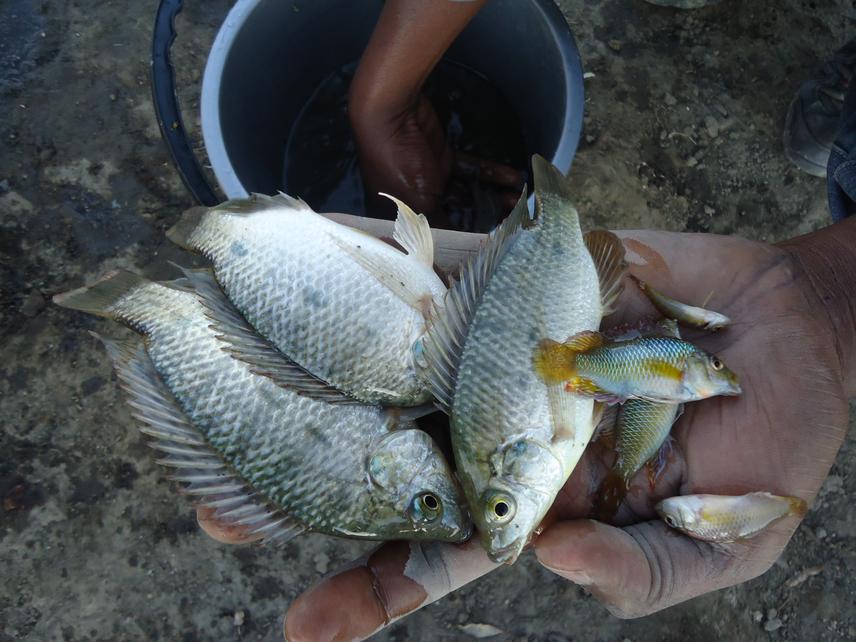Joseph Makaure
The project seeks to investigate the relative contribution of Terrestrial Protected Areas (TPA’s) to the conservation of freshwater fishes in Zimbabwe. Despite their imperiled status, little attention has been given to the development of in situ conservation areas for freshwater ecosystems. We test the hypothesis that Zimbabwe’s TPA’s enhance freshwater fish conservation. Although the project focuses on ichthyofauna, results from the study can be used as a proxy to assess the efficacy of TPA’s in conserving other associated freshwater biodiversity. The study will generate new ecological data on freshwater habitat conditions and fish distribution patterns both inside and outside protected areas. The data will be an important first step in establishing a roadmap for the creation of specially designed Freshwater Protected Areas, (FPA’s) in future.

Globally, protected areas have been used extensively in biodiversity conservation for both terrestrial and marine ecosystems. Despite their imperilled status, not much has been done to identify and develop in situ conservation areas for freshwater ecosystems. The contribution of existing terrestrial protected areas (TPA’s), to freshwater fauna conservation has been questioned, as most of them are designed with a central focus on terrestrial organisms. For the most part, freshwater ecosystems are only protected incidentally through their partial inclusion in terrestrial protected areas. This leads to insufficient protection of endemic and threatened freshwater-dependent taxa and habitats. Studies assessing the impact of small-scale freshwater protected areas have shown positive trends in species abundance and richness of freshwater biodiversity, providing a basis to call for the establishment of large-scale freshwater protected areas, (FPA’s).
In Zimbabwe, freshwater habitats outside protected areas face increasing threats from anthropogenic activities such as artisanal mining, agriculture, pollution and unsustainable fishing. These threats affect aquatic habitats through increased sedimentation, nutrient enrichment, habitat destruction and release of toxic contaminants (e.g., mercury and other heavy metals). As streamflow connects habitats both inside and outside protected areas, there is a high likelihood that the small proportion of protected aquatic habitats inside TPA’s will be compromised by activities impacting river stretches outside protected areas, and especially, upstream disturbances.
The study will be conducted in six national parks located in the Zambezi basin (i.e., Hwange, Kazuma Pan, Zambezi, Chizarira, Matusadonha and Mana Pools). The project seeks to address the following objectives;
1. Generate ecological data on habitat conditions and fish distribution patterns inside and outside protected area boundaries.
2. Raise awareness on freshwater fish conservation to local communities living in riparian zones, especially artisanal fishermen.
The effectiveness of TPA’s in conserving freshwater fish diversity will be assessed by comparing habitat conditions and diversity of fish communities inside and outside protected areas. Ecological data on freshwater habitat conditions and fish distribution patterns inside and outside protected areas will be generated, and will provide an important first step in establishing a roadmap for the future creation of specially designed FPA’s. FPA’s take into account the fluvial nature of freshwater ecosystems and accommodate fish spawning grounds, areas with high biological diversity, areas with endemic, threatened, and migratory species. Creation of FPA’s will complement the existing TPA’s to improve freshwater biodiversity conservation in the country.